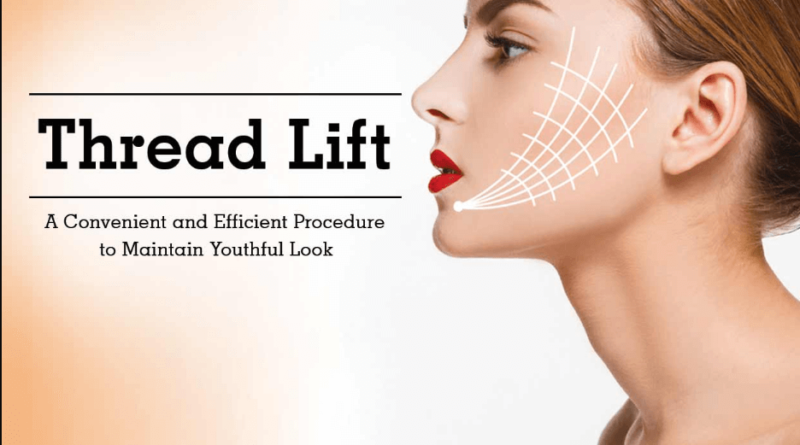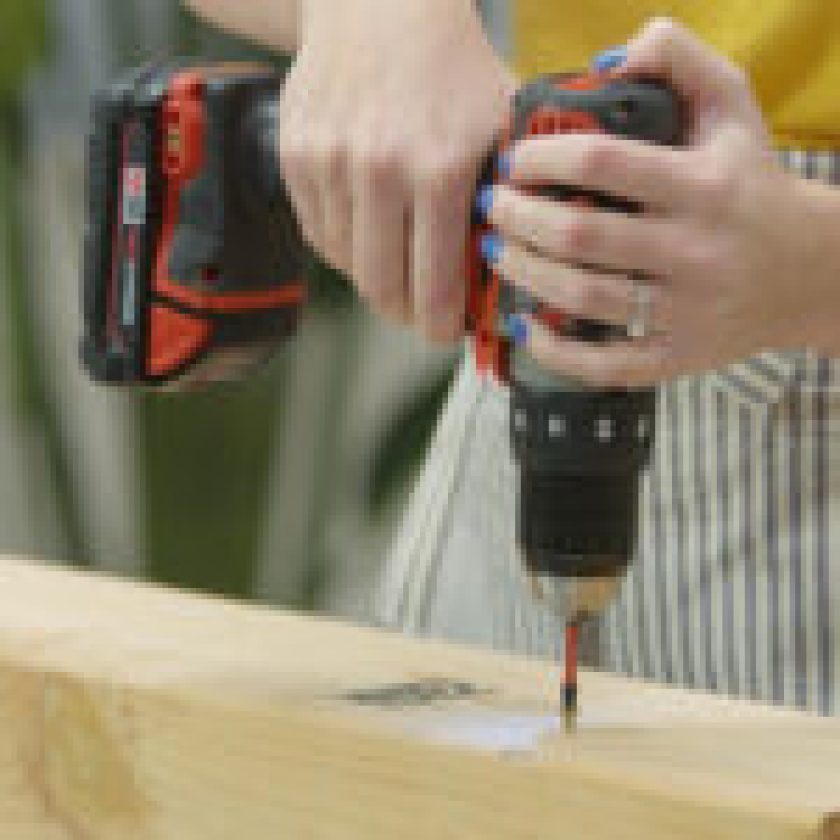A thread lift is a non-surgical procedure designed to give a natural lift to the face. It can reposition sagging skin to improve the appearance of jowls, smile lines, marionette lines and create definition along the jawline. The threads are placed under the surface of the skin and use small cone-like projections to stay in place. Over time the thread will dissolve leaving new collagen in their place.
The results appear in two phases – the immediate from the insertion of the threads and longer-term results from the collagen stimulation created as they dissolve. The complete result will be evident 1-2 months post-procedure. The results can last for up to 18months. The longevity of results can be increased through the use of complementary treatments.
Who is suitable for a Thread Lift?
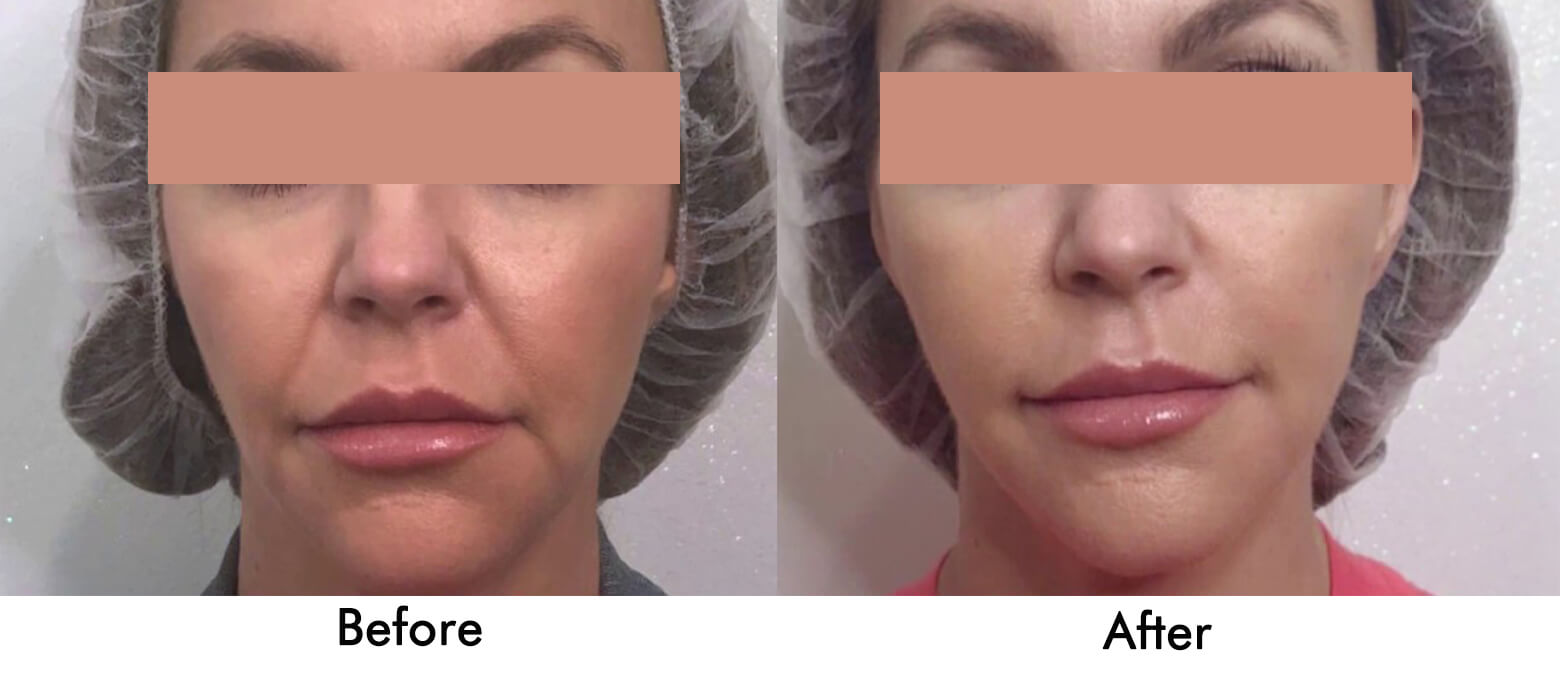 source: asianprophecy.com
source: asianprophecy.com
Thread lifts are most suited to a patient who is looking for a natural lift and has specific concerns about the lower face. A thread lift is best suited to a patient that is not volume deficient. The patient may have already been using fillers to create a natural lift to the face or would not benefit from the filler. A suitable patient will also have realistic expectations about what the treatment can achieve. The results you can expect will be discussed in the initial consultation.
What is the downtime like?
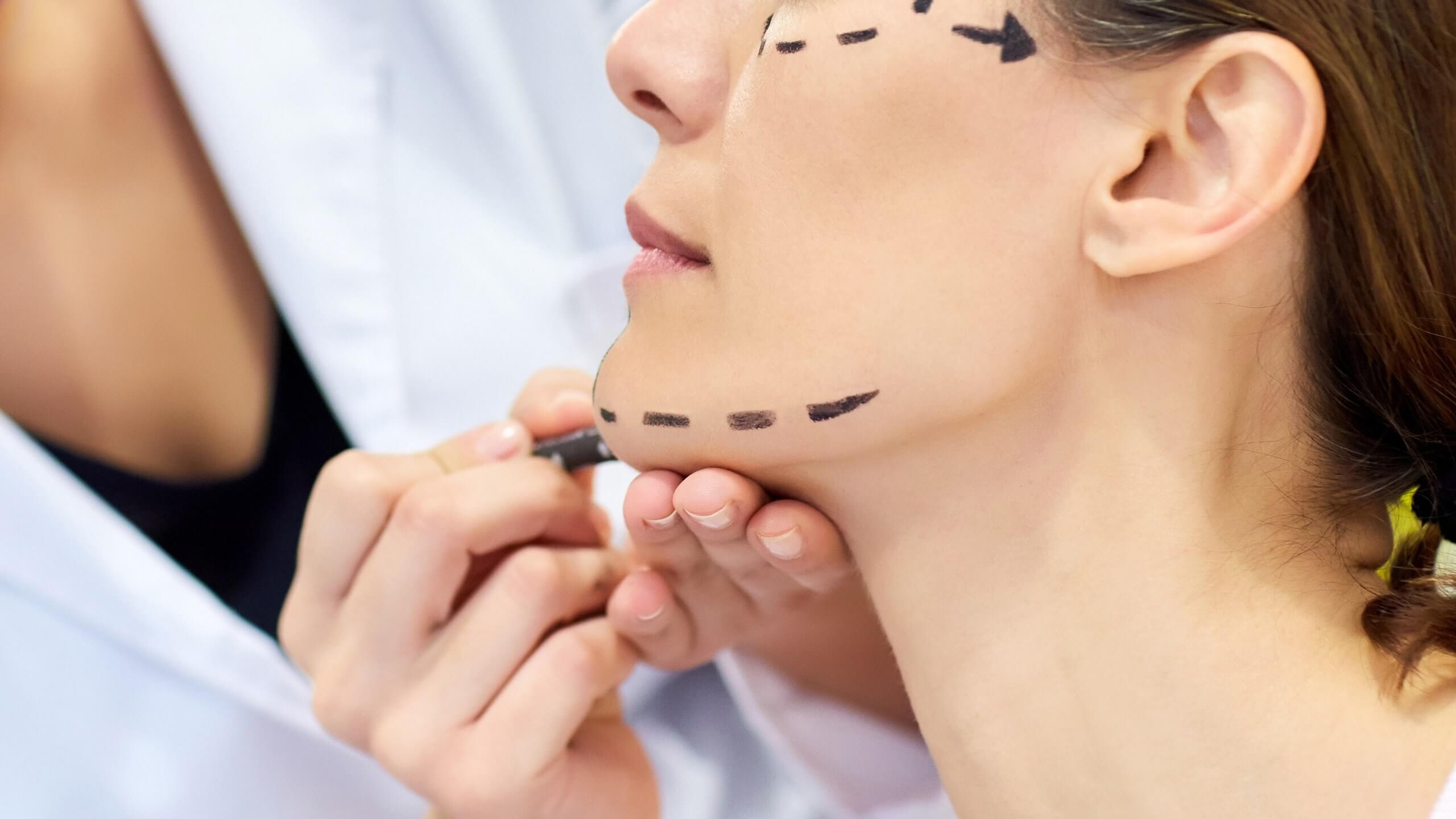
source: allure.com
The downtime associated with a thread lift is very minimal. You are not required to go under general anesthetic for this procedure and can drive home immediately after your treatment.
It is very important to follow the aftercare instructions for your thread lift as not doing so can interfere significantly with the results. We recommend no high impact sports, excessive facial expressions, dental work, aesthetic procedures and facial massages for 4 weeks post-treatment. We also suggest sleeping with your head elevated and face up for the first 5 nights.
What are the risks and side effects?
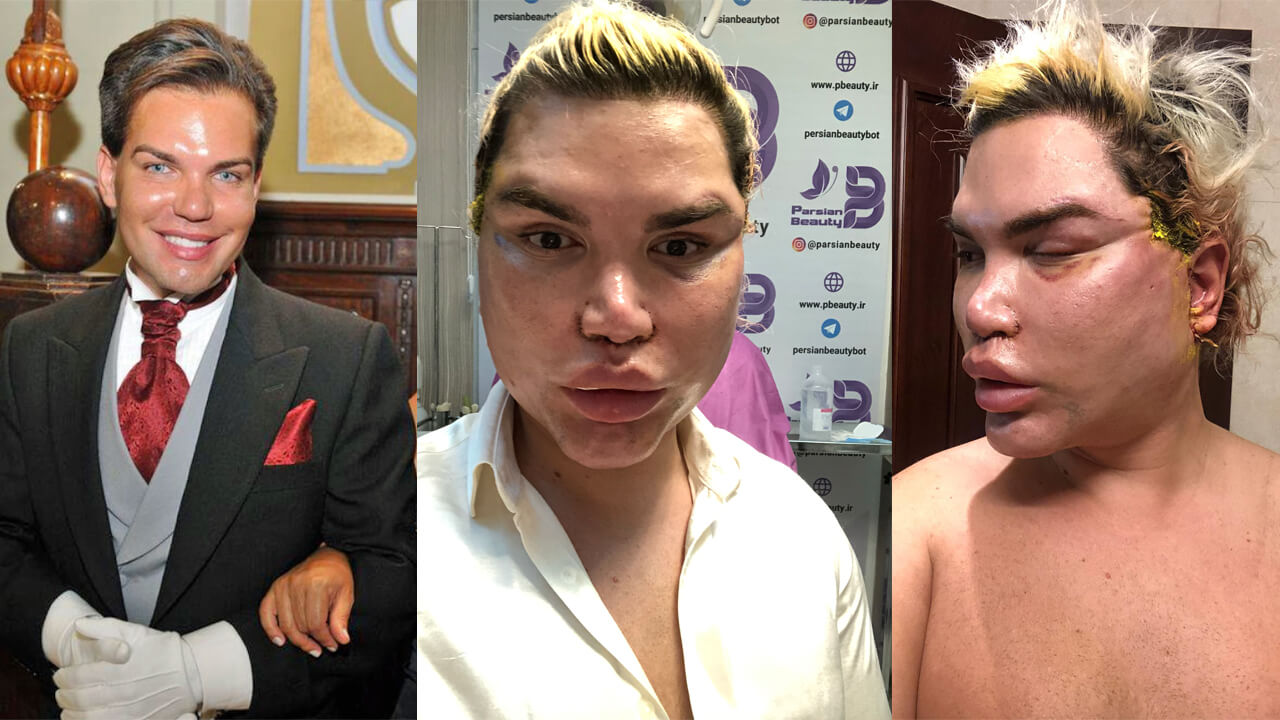 source: storytrender.com
source: storytrender.com
Common side effects that should be expected from any treatment utilizing needles are swelling and bruising. The extent of this varies between persons but is usually very manageable. In most cases, the swelling is more obvious in the first 24 – 48 hours. We recommend leaving 2 weeks between your treatment and any major social functions to ensure there is time for you to completely heal and for bruising to resolve.
One main risk of this treatment is the incorrect application of the threads. This can lead to the skin appearing to have pulls or rippling where the threads have been inserted.
Some areas of the face are higher risk treatment areas due to the presence of main veins, arteries or nerves. This makes it necessary for your treatment provider to have advanced anatomical knowledge.
What are the advantages of having a Thread Lift instead of a facelift?
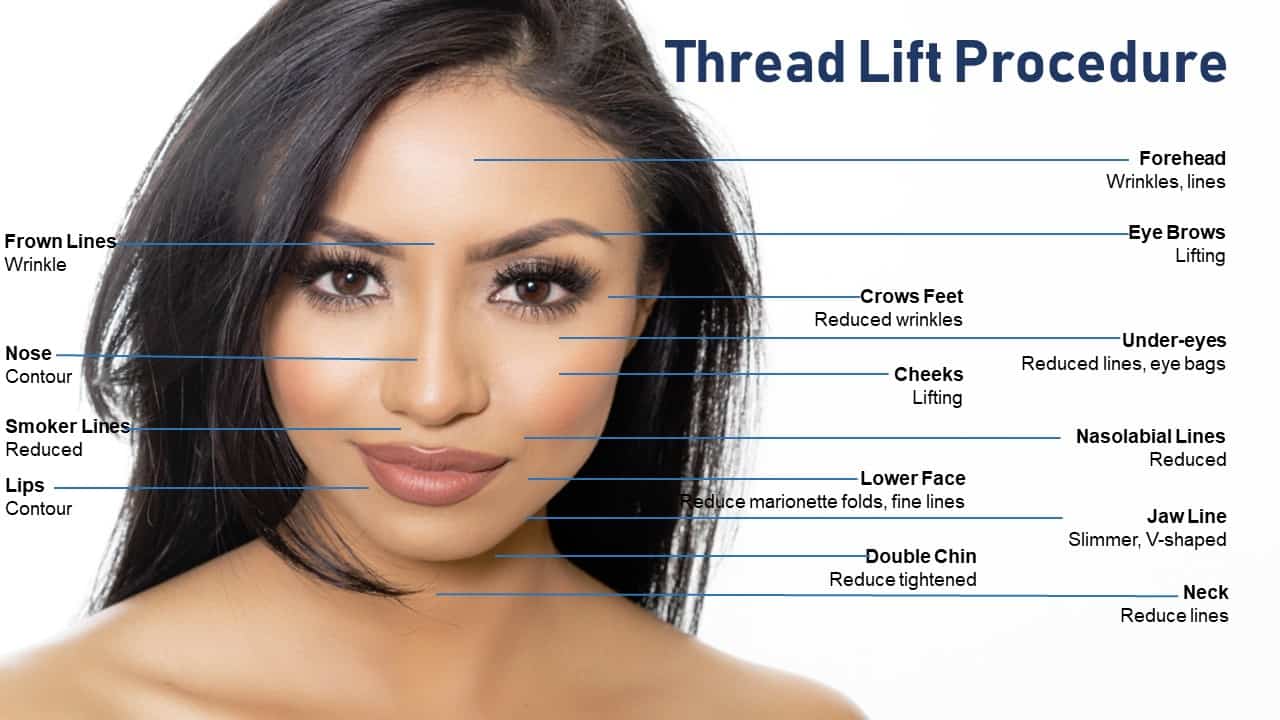
source: myownspade.com
When trying to decide what type of anti-aging or lifting procedure is right for you, you must understand the advantages and disadvantages of each option. It is important to keep in mind that a thread lift was not designed to completely replace the traditional facelift. Some patients will require a traditional facelift to gain the results they desire. A thread lift is most suitable for a patient with mild to moderate signs of aging who wants to gain a natural-looking result.
Compared to a facelift, the thread lift procedure has much more manageable downtime. A thread lift does not require you to go under general anesthetic. This means you are not required to visit a hospital and can drive yourself home. Local anesthetic and topical numbing cream will be used to keep you comfortable.
The initial swelling from a thread lift procedure will resolve within 48 hours whereas after a facelift you can expect to be swollen for 2-3 weeks. Many patients find they can go about their usual activities immediately post a thread lift. A facelift procedure requires you to wear sutures and bandages that are difficult to hide.
The results of a thread lift are subtle and improve slowly over time. This can be advantageous for those who want a more natural-looking result or for those who would prefer to keep their treatment private.
A traditional facelift can create a dramatic result and will still be the best choice for patients with moderate to severe signs of aging and those after a significant change. A thread lift should not be considered a replacement for the traditional facelift – simply an alternative for those wanting a more natural result.
Understanding different Thread Lift procedures

source: whitehillsdentalandskinclinic.co.uk
There are two main types of thread lifts using similar mechanisms to achieve the same results. Thread lifts are made of a biocompatible material called PDO which is safely reabsorbed by the body. The first type of thread lift uses Nova Threads which may have barbed, straight or curved smooth sutures. These are designed to stimulate collagen production. The other type of suture is the Silhouette Soft thread which has cone-like anchors that focuses more on lifting than stimulating collagen. However, it will still accomplish the stimulation of collagen but with the added benefit of having the cone anchors grab at the tissue to lift it.
How we do the treatment – why it is different from competitors.

source: lybrate.com
Dr. Jane Lucas at COCO Skin Clinic fully assesses and consults each patient to ensure that thread lift is the right type of procedure for them. It is important to have questions answered prior to any procedure to ensure that you are aware of all the potential risks and complications involved in the procedure. Dr. Jane always consults to ensure that each patient is happy to proceed with the treatment and is fully aware of what to expect after the treatment.
During the treatment, Dr. Jane will measure and mark where the sutures will be placed. The treatment area will then be numbed with a topical anesthetic cream and local anesthetic to ensure that the patient is comfortable during the whole procedure. The skin is also cleansed with a medicated solution to ensure there is no risk of bacterial infection. The treatment time is usually 60 minutes.
After the treatment, patients will be sent home to expect some localized bruising and swelling to the treatment area. The extent varies, however in most cases, the swelling settles after 24-48 hours. Its recommended that the patient take a two week recovery period before major social events. Most people return to normal duties after two days. Visit us for more ideas to enhance your beauty on our page Live Enhanced.

